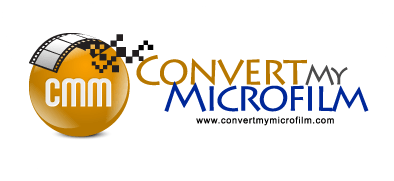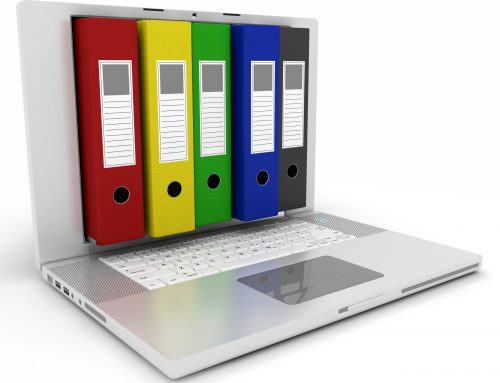Data storage is a problem that may affect businesses and organizations of all kinds, and proper management of this delicate area could cause your company to stay caught up in a data-driven society.
Before technical advances made it possible to store enormous volumes of data on ever-smaller media, microfilm was the standard for dependable and high-volume data storage. Microfilm, which has a shelf life of around 500 years, assists in the long-term and sustainable storage of data.
Microfilms: What Are They?
Microfilms are ubiquitous in almost every industry you can think of. These films were used mainly by a long list of departments to save space and vital backup information, ranging from financial records and marketing plans to HR operations and format engineering drawings.
Microfilm is a type of microform record storage that employs a roll of photographic film to keep a smaller-format copy of the original hard copy documents. If you have ever watched vintage movies or observed how vintage TV shows are recorded, you must have seen one of these microfilms.
Using microfilm for storage saves much time, but these microfilms have a confined life span, so they must be converted into digital format before deterioration. You have arrived at the ideal location if you need to convert your microfilm to digital format.
In this blog post, we will look at the top 6 reasons why you should convert microfilms.
Is There Any Requirement To Digitize Microfilms?
Several factors are considered before digitizing microfilm. For example, the width of the microfilm (16mm or 35mm) and the polarity (positive or negative) are always considered before the digitization process begins.
You don’t need to worry about the age or quality of your microfilm because it can still be converted as long as it can be scanned in a digitization machine. Since there are so many things to take care of during the digitization of microfilms, it becomes an obvious choice to choose microfilm digitization services rather than doing it on your own.
Reasons To Convert Microfilm to Digital Conversions
Improved Access to All Documents
Making the information recorded on microfilm accessible to all other software solutions is the primary goal of microfilm conversion. Improving the accessibility of data is essential to make archived records completely text-scannable and for integrating data with other data management tools.
Accurate Record Keeping
When microfilm is digitized, the chances of errors in record-keeping automatically decrease. This is because digital data is well organized; when you search, work, and share data from an organized list, record-keeping becomes more accessible and accurate.
Quick Process
Searching for a single piece of information stored on microfilm can take hours, but after conversion, it will just take a few clicks to find the data you need from even the most gigantic database. This reduces the time wasted searching for information and indirectly increases the operation speed.
Boost Productivity
When employees need help finding the data they need at the right time, it becomes quite frustrating and detrimental to their productivity. But since the microfilm to digital conversions improves accessibility and sharing, it leads to better productivity in all the departments.
Reduce the Cost of Storage and Space
Over time, the number of microfilms increases, and so does the space occupied by them. If you are working in a confined space, storing microfilms can become an issue, and the only way to deal with this issue is to digitize all the microfilms.
Searchable Data and Information
Digitized data is more easily searchable than data stored on microfilms, which is another reason companies are more inclined towards conversion rather than being confined to microfilms.
Tips To Remember During the Conversion
What Kind of Microfilm Do You Want To Convert?
You should know that the word ‘microfilm’ is used as a ‘catch-all term.’
One of the first things you will have to consider is which type of microfilm you are trying to convert. Although there are many kinds of microfilms, the three most common types of microfilms that you might have are-
- Microfilm
- Microfiche
- Aperture Cards
Amount of Microfilms To Be Converted
Another thing you must look at before going for microfilm to digital conversions is the amount of microfilm you plan to convert. If you are dealing with a large number of microfilms, then it is always better to opt for microfilm conversion services, as even a single mistake in such conversions can result in a disaster.
Budget
It is necessary to come up with a budget before you begin searching for microfilm conversion services. Many firms offer such services, and they provide different advantages and have different price ranges. Therefore, it becomes necessary to first come up with a budget.
Wrapping Up!
If you wish to keep your data safe and don’t want to lose it over time, you must get your microfilm converted into digital format through companies like Convert My Microfilm. We have been dealing with microfilm conversion for a long time; therefore, we know what you need better than anyone else.




![Why Do You Need Microfilm Digitization Services? [Infographic]](https://convertmymicrofilm.com/wp-content/uploads/Microfilm-reels-and-digitization-services-500x383.jpeg)

Leave A Comment